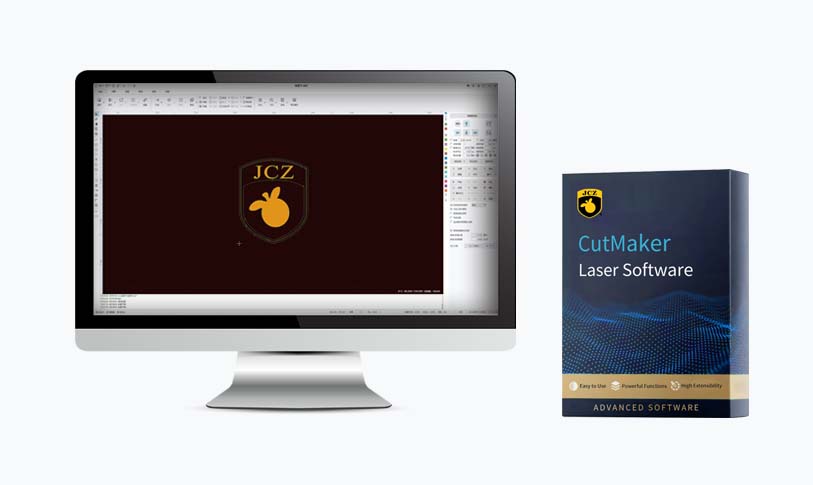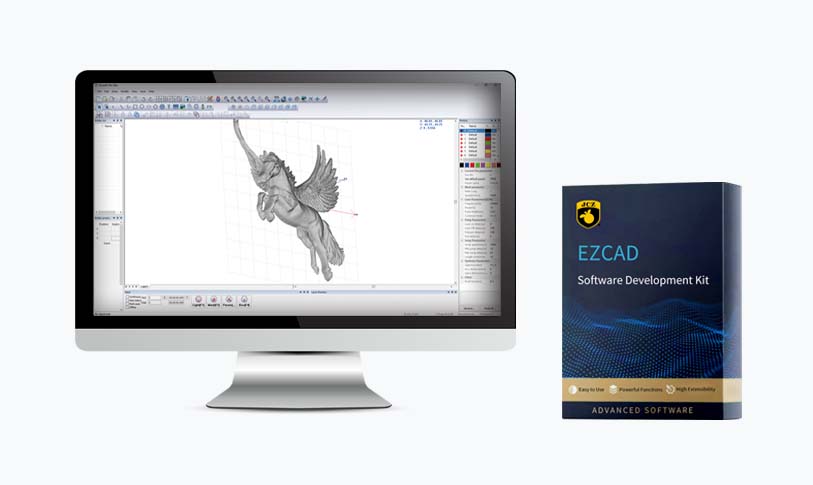In the rapidly evolving field of optics and photonics, galvanometer scanning mirrors (GSMs) are becoming indispensable components in numerous applications ranging from laser scanning and imaging to therapeutic and analytical systems. These devices provide the precision and speed required to manipulate laser beams in various technological fields, making them vital in industries such as telecommunications, medical technology, and material processing.

Understanding the Role of Galvanometer Scanning Mirrors in Advanced Optical Systems and Their Applications in Modern Technology
A galvanometer scanning mirror essentially consists of a lightweight mirror mounted on a galvanometer, which is an electromechanical device that detects and measures electrical current. The basic principle of operation is rooted in the interaction of electric current with magnetic fields, enabling the mirror to tilt or pivot in response to electrical signals. The GSMs are designed to create rapid movements to direct laser beams along predetermined paths, allowing for high-speed scanning with minimal latency.

Understanding the Role of Galvanometer Scanning Mirrors in Advanced Optical Systems and Their Applications in Modern Technology
One of the primary applications of galvanometer scanning mirrors is in laser marking and engraving. In these processes, GSMs enable precise positioning of the laser beam, allowing for intricate designs and high-resolution markings on various substrates, including metals and plastics. The combination of speed and accuracy provided by GSMs makes them critical in industries where time is of the essence, such as automotive manufacturing and electronics.
Moreover, galvanometer scanning mirrors are utilized in the field of medical diagnostics and therapeutics. For instance, in laser surgery, GSMs can direct laser beams with high precision, allowing surgeons to target tissue with minimal invasion, ultimately improving patient outcomes. In optical coherence tomography (OCT), a technique used for imaging biological tissues, GSMs facilitate fast scanning of the area of interest, resulting in high-resolution images that can aid in diagnosis and treatment planning. These applications highlight the importance of GSMs in enhancing the effectiveness and efficiency of medical procedures.
The role of galvanometer scanning mirrors is also crucial in the development of advanced imaging systems and microscopes. In confocal microscopy, for example, GSMs enable the fast and controlled movement of laser beams across a sample, allowing for high-resolution imaging at various depths. This capability has profound implications in fields such as biological research, where understanding cellular structures and behaviors is essential. Moreover, the integration of GSMs in digital light processing (DLP) systems enables the creation of high-quality images in projectors and displays by modulating light rapidly and accurately.
The design and fabrication of galvanometer scanning mirrors have advanced significantly in recent years, incorporating innovations in materials and technologies. The use of lightweight and durable materials such as aluminum and advanced polymers has resulted in mirrors that can achieve high speeds while minimizing inertia. Additionally, advancements in drive electronics and control systems have improved the responsiveness and accuracy of GSMs, allowing for more complex and sophisticated scanning patterns.

Understanding the Role of Galvanometer Scanning Mirrors in Advanced Optical Systems and Their Applications in Modern Technology
However, challenges remain in the implementation of GSMs. Issues such as thermal management, wear and tear of mechanical components, and the need for calibration can affect the overall performance and lifespan of the mirrors. Researchers are continuously working on solutions to enhance durability and reliability, including the development of closed-loop control systems that provide real-time feedback on mirror position and speed. This level of precision is crucial for applications demanding high performance, such as laser lithography, which is used in semiconductor manufacturing.
The future of galvanometer scanning mirrors looks promising as industries increasingly rely on high-quality optical solutions. New applications are emerging, particularly in sectors such as augmented reality (AR) and virtual reality (VR), where precise beam scanning is essential for creating immersive visual experiences. These technologies will likely leverage the capabilities of GSMs to enhance user interaction and engagement.
In conclusion, galvanometer scanning mirrors play a pivotal role in a wide spectrum of advanced optical systems. Their ability to achieve high-speed and precise beam manipulation makes them indispensable across various industries, from medical applications to industrial manufacturing and beyond. As technology continues to progress, the importance of GSMs will only increase, paving the way for innovations that will reshape the future of optical engineering and applications.red laser vs green laser




